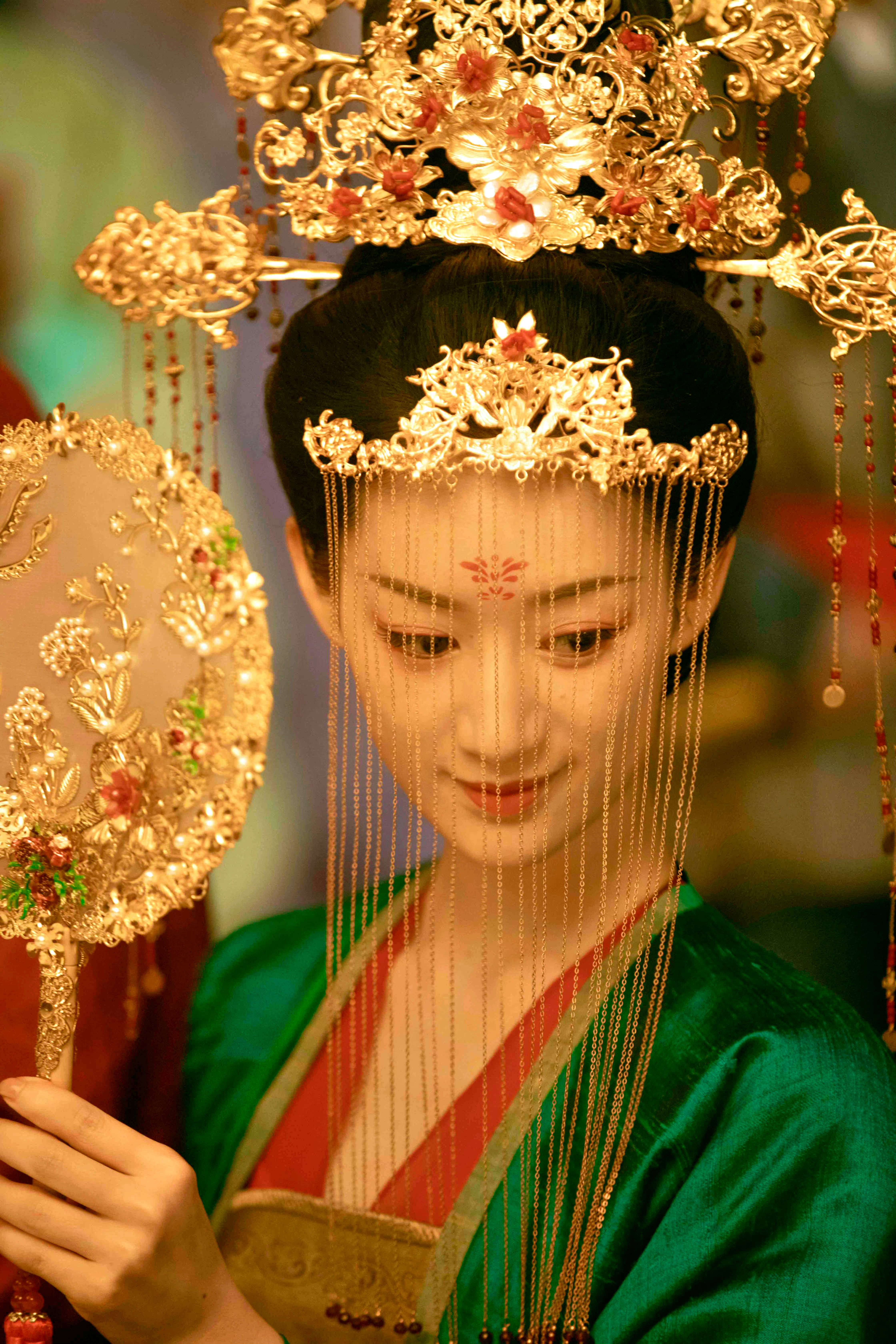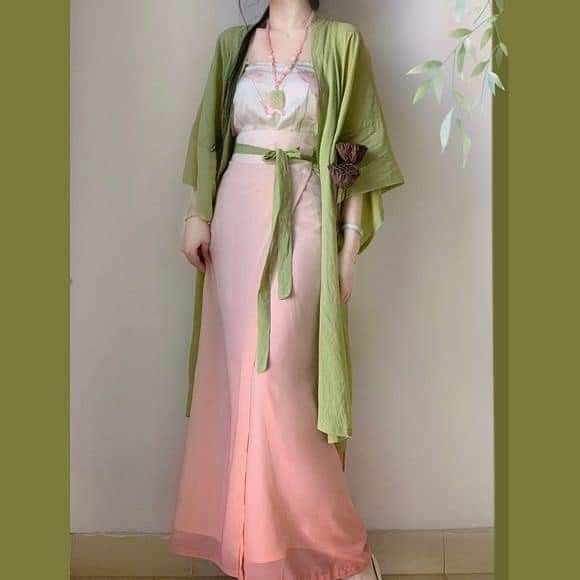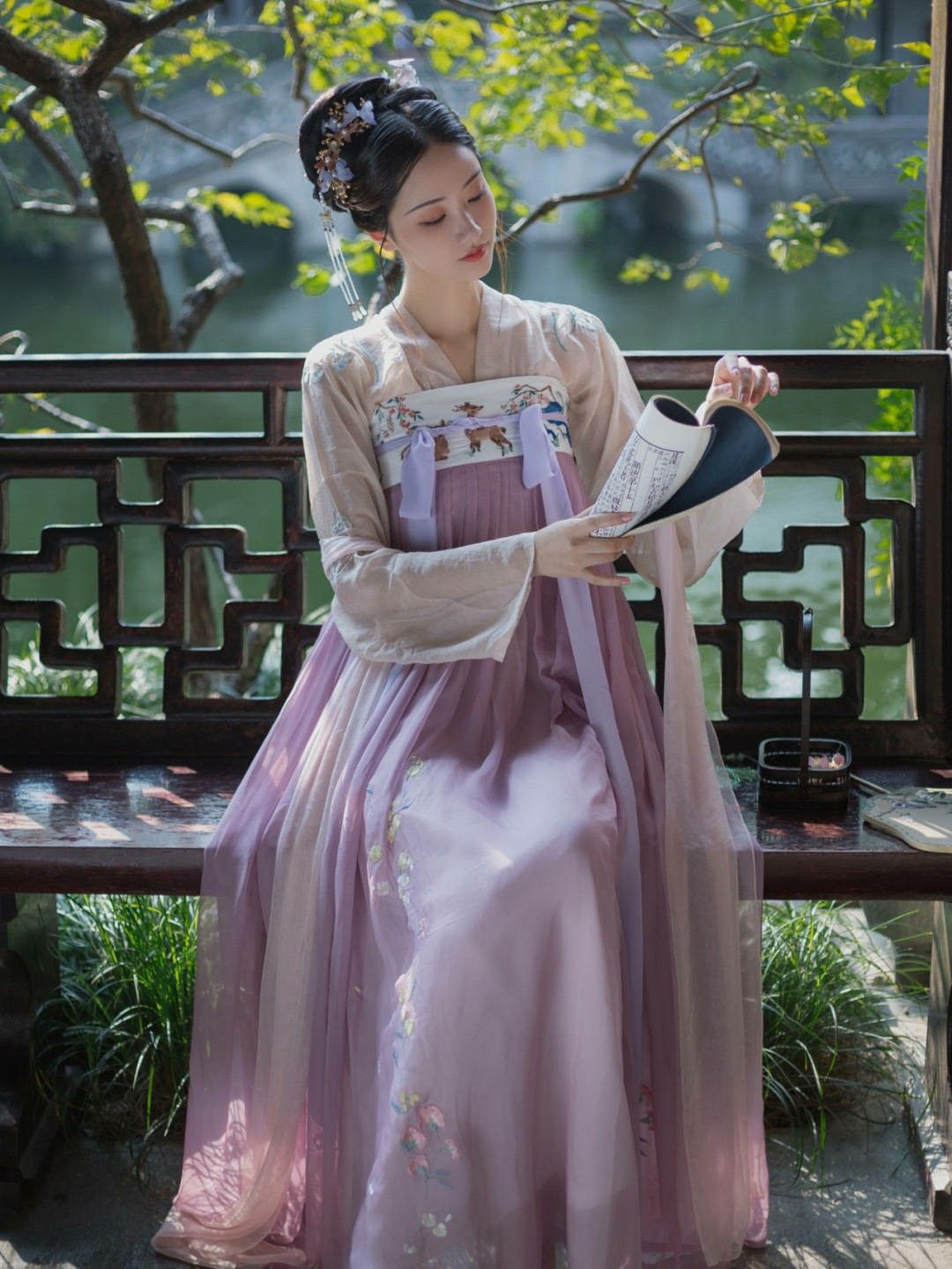In today's globalized world, traditional Chinese attire such as the cheongsam have gained renewed attention and appreciation. Often associated with the allure of Chinese culture and its rich history, the cheongsam, a symbol of elegance and grace, has experienced a renaissance in fashion circles. However, as we delve into its history and evolution, it becomes necessary to reassess our perception of this garment from a modern perspective, particularly in terms of reversing the traditional gazes and reevaluating its significance in contemporary society.

Originating in the late 19th century, the cheongsam was initially designed for men. It gradually evolved to become a symbol of women's attire, embodying both traditional elegance and modern simplicity. Its intricate design and craftsmanship reflect the rich cultural heritage of China, while its adaptability to modern fashion trends has made it a timeless piece of clothing. However, within this narrative of evolution, there is a need to reverse the traditional gazes and reframe our understanding of the cheongsam beyond its mere aesthetics.
Historically, the cheongsam was viewed through a male gaze, often as a symbol of female subservience and compliance. Its tight-fitting design emphasized the female figure, making it a subject of scrutiny and male admiration. However, with the passage of time and the emergence of female consciousness, the cheongsam has undergone a transformation. Modern women have reimagined and reworked this traditional garment, presenting it as a symbol of strength and individuality. They have worn it to various events, breaking societal norms and challenging traditional gender roles.
Moreover, the cheongsam has become a medium for political and social expression. In recent times, it has been worn by activists and feminists as a form of protest against gender discrimination and oppression. This garment has become a symbol of female power and resistance, challenging the traditional male gaze and societal norms. This shift in perception is significant in reversing the traditional gazes and reevaluating the cheongsam's cultural significance.
Furthermore, the cheongsam's adaptability to contemporary fashion trends has broadened its appeal. Designers have reworked this traditional garment, incorporating modern elements and styles, making it more relevant to contemporary society. The cheongsam now stands as a blend of traditional and modern elements, embodying both cultural heritage and contemporary fashion trends. Its popularity has also crossed over to international fashion circles, becoming a symbol of Chinese culture and fashion.
Beyond fashion, the cheongsam also holds significant cultural value. Its intricate design and craftsmanship reflect the rich cultural heritage of China. The cheongsam's popularity has led to the revival of traditional craftsmanship, ensuring that these skills are not lost in modern times. Moreover, its association with various cultural practices and festivals has further strengthened its cultural significance. The cheongsam now stands as a medium for cultural expression and identity, connecting people to their roots and cultural heritage.
In conclusion, the cheongsam has undergone significant transformation over time. It has evolved from a garment associated with female subservience to one that embodies strength, individuality, and resistance. The reversal of traditional gazes and reevaluation of its cultural significance have made it a medium for political and social expression. Its adaptability to contemporary fashion trends has broadened its appeal, making it a symbol of Chinese culture and fashion. As we look ahead, the cheongsam continues to evolve and adapt to changing times, embodying both tradition and modernity. Its journey is a testament to the resilience and adaptability of Chinese culture and its ability to resonate with people across different cultures and backgrounds.
In this process of reassessment and reversal, it becomes crucial to recognize that traditional elements like the cheongsam are not static but are constantly evolving and adapting to changing times. This evolution is not just about fashion but also about culture, identity, and social consciousness. As we embrace this evolution, we also need to recognize that traditional elements like the cheongsam hold significant cultural value and should be respected and preserved for future generations.


